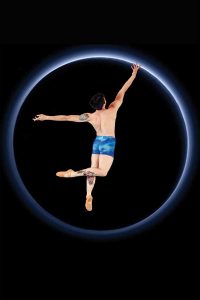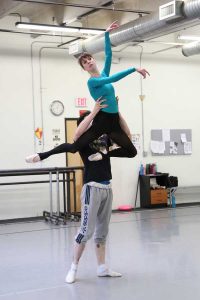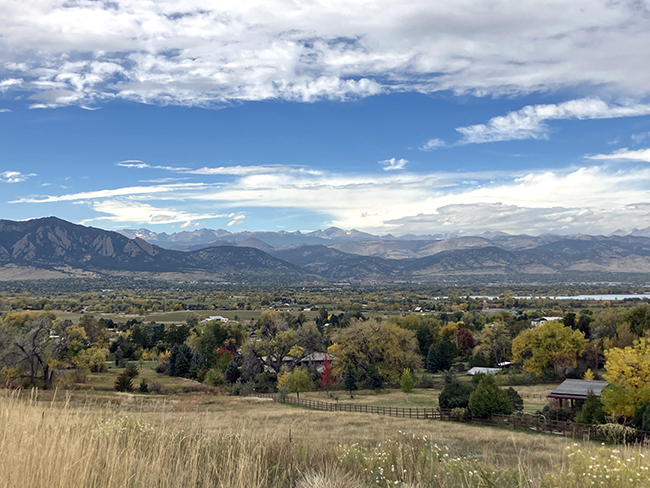Join Boulder Ballet on a wild ride to new horizons
10 Jan 2019
Taking a Trip to Pluto and Beyond


A Concept Comes to Life
Because of her family history, when Combs noticed a NASA bumper sticker on her neighbor’s vehicle, she struck up a conversation. The neighbor, Cindy Conrad, works at the Southwest Research Institute under the direction of Dr. Alan Stern, the principal investigator responsible for NASA’s New Horizons mission to Pluto and the Kuiper Belt. The two chatted about their space-related experiences. But it was one particular comment that launched an idea. “Cindy told me how one of the biggest challenges of the New Horizons mission is choreographing the movements of the spacecraft to accommodate the seven mounted instruments,” Combs said. “The moment she said ‘choreograph’ the light bulb came on.” The following week Combs presented a fresh idea to the artistic director, Ana Claire. Within the context of its outreach programs, the ballet blends arts and science on a small scale, but what if they could bring it to a greater audience? And with this, a new concept for the Boulder Ballet winter show achieved liftoff.Shooting for the Stars
Boulder Ballet’s “New Horizons” will make its debut in February 2019. This production is designed to celebrate the accomplishments of the many Boulder scientists and engineers of New Horizons space mission through dance. In 2015, New Horizons captured the first close-up images of Pluto, and on Jan. 1, 2019, will do a close flyby of a Kuiper Belt object nicknamed Ultima Thule. The winter production is always contemporary or modern, and this year will be particularly intriguing with the second act of the production being entirely devoted to the celebration of this mission. The production as a whole will include images of Pluto captured by New Horizons, as well as costumes with integrated light sensors to truly harness the gravity of this accomplishment. “It’s a testament to the strength and drive in humans to not be satisfied, to keep reaching and striving—the mystery and beauty of outer space,” said Claire. “It’s a beautiful blend of science reaching for Pluto, and humans—dancers—reaching and expanding.” Ballet Newbie?
“This type of ballet is much more accessible to people, including younger audiences,” said Claire. “The storyline hints at ideas, and the audience is free to interpret in different ways.” The second act will be an opportunity for the company dancers to interpret as well. In a classical ballet, the choreography is “set on the company,” meaning all of the movements are developed by the choreographer and the company dancers must perform them exactly—no room for deviation or interpretation. However, for “New Horizons,” the choreography will be “created on the company,” meaning the choreographers, Ana Claire and Claire Davison, a Boulder-trained dancer now with American Ballet Theatre in New York, will provide the framework for the movements and allow each dancer a latitude of interpretation for his or her part during the choreographic process. “As artists, we are presenting ideas to you—friends, family, strangers—in a space where all interpretations are valued,” Hardin said. “This is a celebration of dance that is bigger than ourselves. We look forward to participating in your ideas.”Get Ready for LiftOff
Friday, Feb. 22, 2019 @ 7:30 p.m. Saturday, Feb. 23, 2019 @ 2 p.m. & 7:30 p.m. Sunday, Feb. 24, 2019 @ 2 p.m. Gordon Gamm Theater – The Dairy ARTS Center, 2590 Walnut St., Boulder For tickets, more information and to learn about the ballet’s outreach programs, visit www.boulderballet.org.












